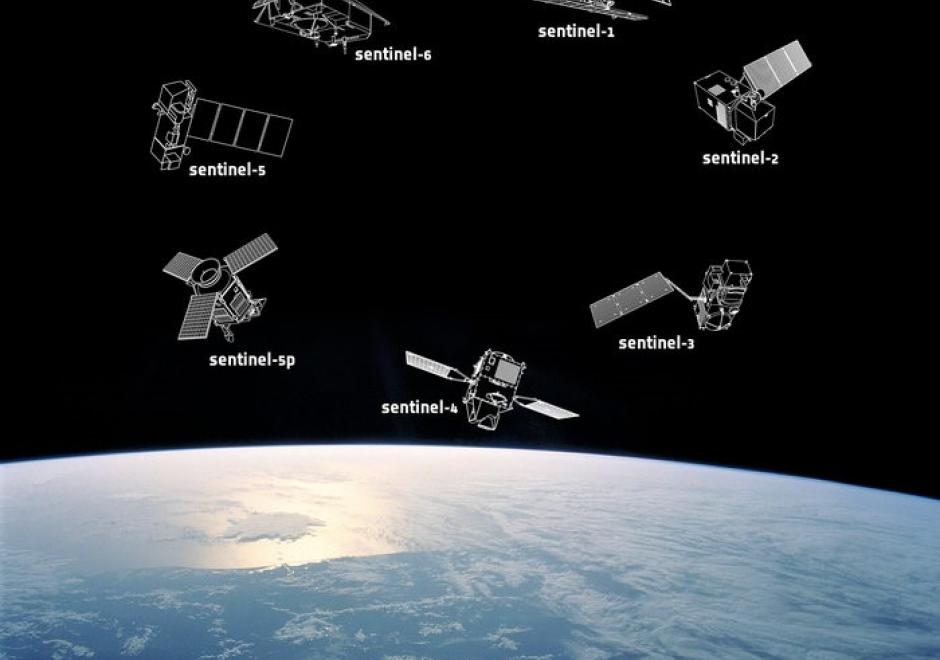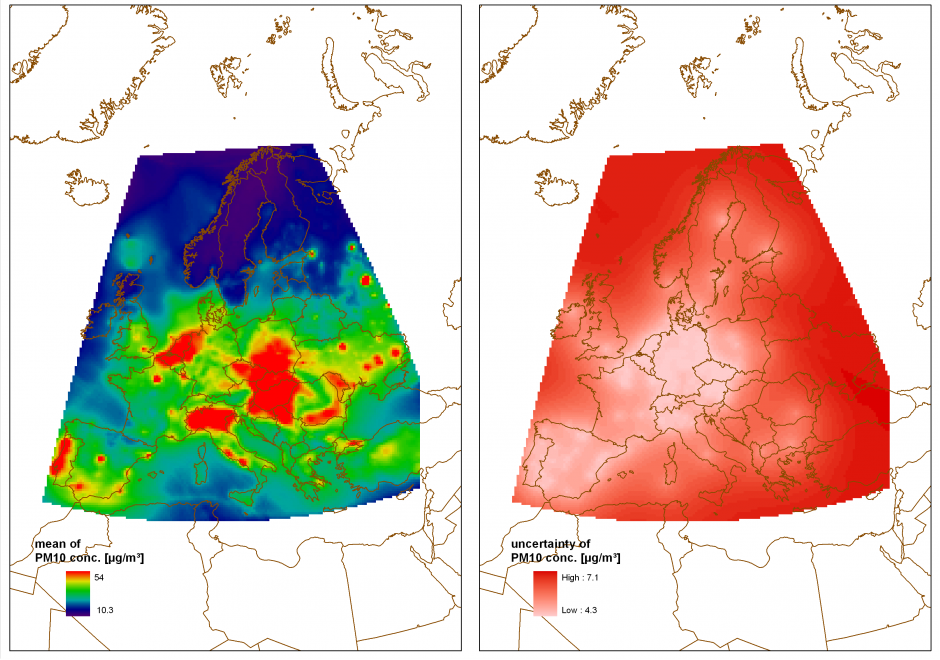KE-28 - Publications

- Describe the leading academic journals serving the GIS&T community
- Select association and for-profit journals that are useful to entities managing enterprise GISs
- Select and describe the leading trade journals serving the GIS&T community
- Develop a bibliography of scholarly and professional articles and/or books that are relevant to a particular GIS&T project







FC-29 - Public sector origins